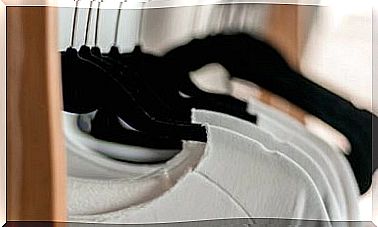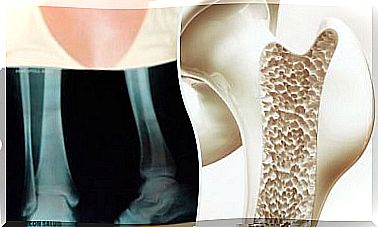How To Detect False Heart Attacks
A heart attack is when the heart stops receiving enough blood supply and the tissue is damaged. It is a fairly frequent situation in the emergency room. However, many of the people who come suffer false heart attacks that they mistake for a real one.
In fact, according to the Spanish Society of Cardiology, one in ten diagnosed heart attacks is actually a false heart attack. In addition, only one in five people who go to the emergency room due to a heart attack actually suffers from it.
The problem with false heart attacks is that, if they are not diagnosed correctly, they can lead to invasive tests that are not without risk. Therefore, below we will explain how to detect false heart attacks.
What are false heart attacks?
Thanks to series, movies or even books, practically everyone knows what the symptoms of a heart attack are . It is characterized by a feeling of tightness and pain in the chest, as well as an alteration of the sensation of the left arm.
However, these symptoms can have many other causes. It is common for the fear of having a heart attack itself to make the person believe that they are suffering from any of these signs. Hence there are many false heart attacks.
However, it is an emergency situation, so there are a series of protocols that allow you to act quickly in the face of it. For example, the Infarction Code is a tool that allows to attend to the people who suffer it.
To activate this protocol it is necessary that the person meets certain criteria, both at the level of symptoms and in the results of the tests. An electrocardiogram is essential to check the activity of the heart.
Still, these types of tools also have false positives and can mask false heart attacks. The problem with this, as we mentioned before, is that these people undergo invasive tests, such as catheterization, to try to treat them.

What can false heart attacks actually be?
False heart attacks may actually be another pathology with similar symptoms. First, it may be an injury to the muscles between the ribs. This often happens when coughing very hard, for example.
In this case, the pain is stabbing and is located on one side in a fairly specific way. In addition, it increases each time the chest is moved with breathing or coughing again.
Another situation that is often confused is esophageal reflux. Reflux is that the acidic content of the stomach passes into the esophagus and causes it to contract. Sometimes it manifests as a feeling of tightness in the chest, so it can look like a heart attack.
Pericarditis is a pathology that also causes similar symptoms. It consists of an inflammation of the pericardium, which is one of the membranes that surrounds the heart. It produces continuous pain in the chest, in the area where the heart is.
The difference between pericarditis and heart attack is that the pain is milder in this. In addition, it is usually preceded by an infection, so this can give a clue. For example, it can happen after a cold.

Emergency situations
What we must bear in mind is that false heart attacks must be attended and treated as an emergency until it is proven that they are not a real heart attack. Therefore, although it may be another pathology, it is essential to see a doctor urgently.
It is better that doctors do a thorough examination of that person and choose whether or not any type of treatment is necessary. Otherwise, it could be a real heart attack and that person’s life would be at stake.









